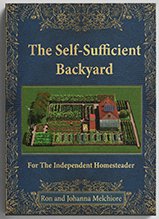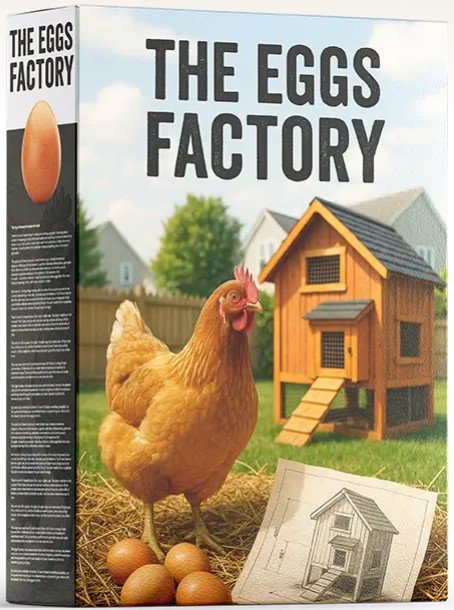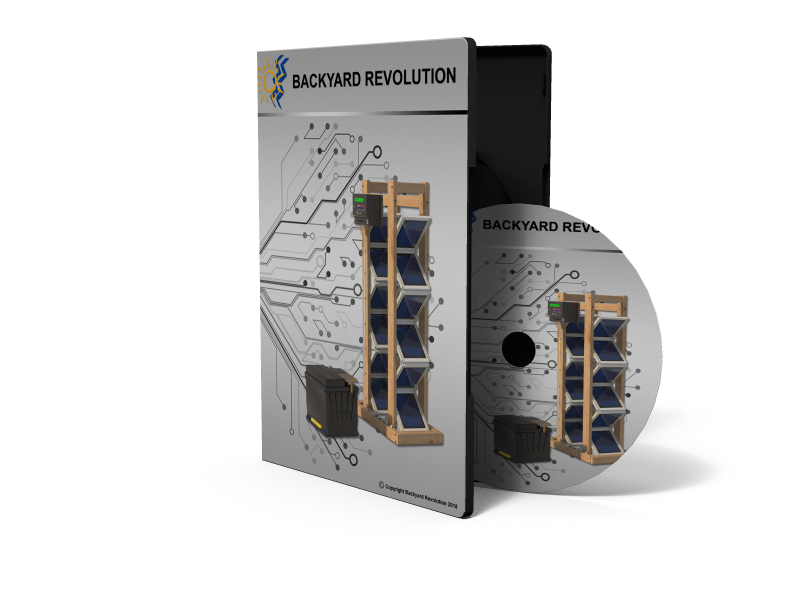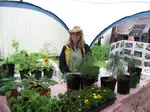Homesteader Resources For Resilience And Self-Sufficiency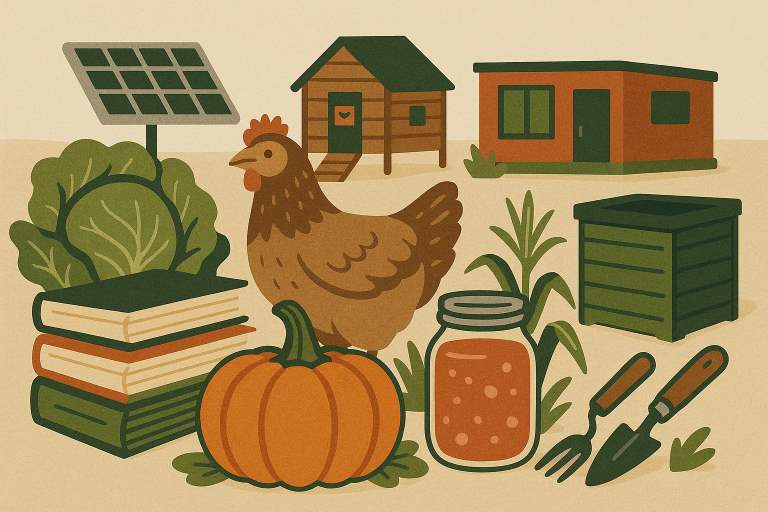 I read. A LOT. Every now and then I run across some really good information resources that fall squarely into my areas of interest i.e. farming, gardening, survival, and self-sufficiency. If you are reading this you too have probably thought of living more independently, growing your own food, raising animals, or reducing your reliance on uncertain supply chains. Whether you live on a rural homestead or just have some backyard room to spare, the desire to be more self-sufficient is a 'growing' trend. This collection of practical books and resources is designed specifically for small property owners and homesteaders like you—people who want real, proven plans for producing more, wasting less, and building a resilient, sustainable lifestyle. Inside, you’ll find clear instructions, step-by-step guides, and no-nonsense strategies for everything from gardening and livestock to food preservation and DIY infrastructure. These guides will show you how to start where you are and use what you have to add some self-reliance to your life. All highly recommended. I didn't write this one, but it's an excellent resource for the homesteader or small property owner anyway! The Self-Sufficient Backyard has literally hundreds of plans and practical tools and techniques for the serious homesteader.Written by a couple who have actually done the work. From growing food, to medicinal herbs, solar electricity, root cellaring, growing small livestock, and selling select produce as a side hustle, plus many more money-saving and money-making ideas, this book is an encyclopedia of growing and building knowledge. A must-have in your homestead library. I only write about topics I have personal experience with. The authors of The Self-Sufficient Backyard have done the same. One of my joys at New Terra Farm is going out to my chicken coop every day to collect fresh, organic eggs. If you’ve ever found yourself questioning the rising cost and declining quality of store-bought eggs, you’re not alone; and there’s a practical solution, even if you don't own a farm. If you can find 50 sq. ft. on your property this is a straightforward, hands-on guide for setting up a compact backyard chicken coop that can supply your household with a consistent flow of fresh, nutrient-rich eggs. It’s designed for people who value food security, self-sufficiency, and a healthier lifestyle, even if they have no prior experience with raising chickens. This system walks you through building a durable coop using common, affordable materials—typically for under $100. It’s low maintenance, fits in a small space (around 50 sq ft), and requires only a few minutes of attention each day. The guide includes detailed plans and practical tips for everything from predator-proofing to choosing quiet, productive breeds. If you’re looking to reclaim control over your food source, reduce grocery bills, or even create a modest income by selling excess eggs, The Eggs Factory offers a practical, community-tested solution to get started. Suzie and I are both in our mid-60's. The plan (soon) is to build a second smaller residence on the farm and turn the main house over to the kids. Our choice might be right for you too. We've looked at a number of options to build, including quonset home kits and tiny homes. The leading contender so far is a container home. If you are looking to build a second (or a first) residence on your property, I recommend you take a look at Shipping Container Home Made Easy. It's the best instructional set I've found to build your home cheaply and safely. Many valuable bonuses included too. Modular Solar. We decided, since we were downsizing to a smaller footprint anyway, to look for ways to reduce our energy footprint as well. We have a wood stove and can harvest our own woodlot for heat, so next on the list was reducing reliance on the electrical grid. The Backyard Revolution guide has simple-to-follow plans to build a modular, expandable solar power array. The design is compact; the small footprint would fit most homes with a yard. if you literally can find 10 square feet to spare you can build this neat design. And I like the idea I can build one, test it out, and build more modules to add capacity. Check out the Backyard Revolution here. I would be remiss if I didn't include my Homesteader Book Bundle in this collection of self-sufficiency resources. This is a collection of practical farming and gardening guides, curated specifically for the homesteader or small property owner looking to up their self-sufficiency game. Includes 5 complete books plus bonuses and custom software in one valuable bundle. Get the bundle and save more than 40% of the cost of the individual books. Get it here. |
Got questions to ask, stories to tell?
Share your organic market gardening question, or comment, or story.
I'm an affiliate for some products I promote on this site. This means I get a small commission for a product you buy through a link on one of my pages. This doesn't cost the buyer anything, but provides me an additional income to help support these pages.
Recent Articles
-
Farm training for the new or wannabe farmer
Jan 02, 26 10:38 AM
Practical farm training from award-winning New Terra Farm -
Farm grown reviews of products recommended by New Terra Farm
Dec 04, 25 06:26 AM
Find great farm and garden products in my farm grown reviews -
Best Chicken Coop and Accessories for Small Farms and Homesteads
Nov 30, 25 09:18 AM
Looking for the best chicken coop? Here are the top coops, accessories, nest boxes, and gear to build a safe, productive poultry setup.
